
There is a talent gap in the job market – and it is a serious one!
Technical or core skills are not all that employees must have in the present day. The employer of today wants a mix of different skill types:
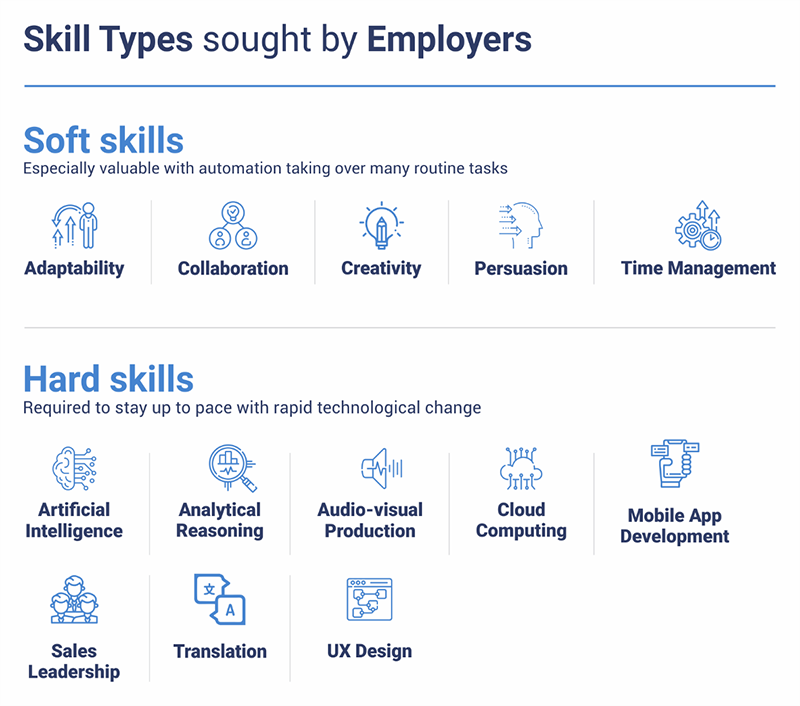
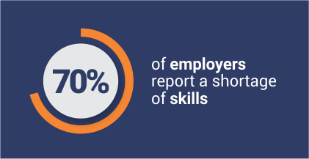
With a variety of skills required now and in the future, more and more companies need to upskill and reskill their workforces. And to plan this successfully, they must conduct a talent gap analysis and suitably address the skill shortage.
Unfortunately, despite being a critical tool to understand how much hiring an organization requires, talent gap analysis is not implemented in a structured way at many organizations. This is an unwise choice, as a proper approach helps to sustainably and strategically map the talent needs over the short and long term.
As the name suggests, a talent gap analysis – a.k.a. a skill gap analysis – identifies present and projected organizational requirements for hiring and training. The process unearths the gap between present and preferred competencies and skills. And knowing this gap is essential to ultimately attaining the strategic goals of the organization as well as boosting the commitment, competence, and creativity of the workforce.
According to the World Economic Forum (WEF), at least 54 percent of workers will require upskilling or reskilling by 2022. The prime driver of this change is the rapid onset of digitalization and other technological forces into our work and personal spheres. Below is a projection of the skill shift from 2002 to 2016 and further to 2030:
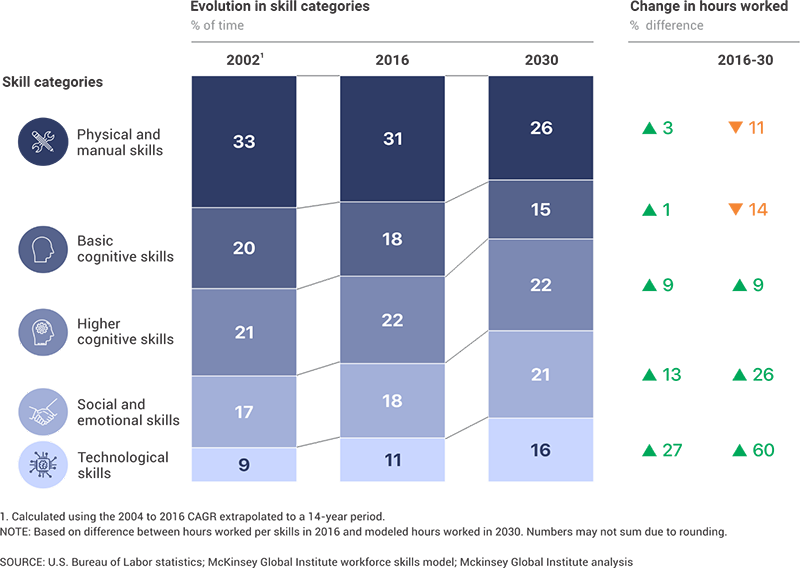
Definitely. For instance, when a company has several new projects coming in, a talent gap analysis could pinpoint the lack of sufficiently skilled people in certain departments – design, sales, or other. Knowing this before the projects actually come in allows the company to plan its hiring such that it has the requisite talent in place in time for work to start.
The benefits include:
There are two methods to do this: the qualitative, and the quantitative. Let us delve deeper!
Essentially based on the process of organizational development, a qualitative talent gap analysis has the following steps:
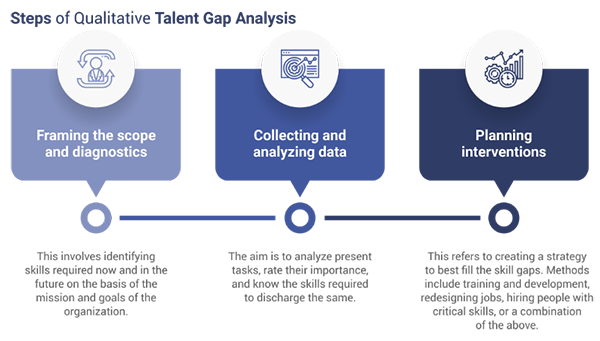
This approach looks at every subject and the gap in the associated competency (for more details, read Scientific Research The focus is on situations where the competencies are lower than what is needed, also accounting for often-used and rarely-used competencies. And depending on how big or small the gap is, companies can bring in training programs or conduct self-training activities, respectively.
The process starts with mapping skills required for each job profile and creating a benchmark for each required competence. The pluses are:
Below is a look at the measures taken by organizations in different regions seeking to address talent gaps:
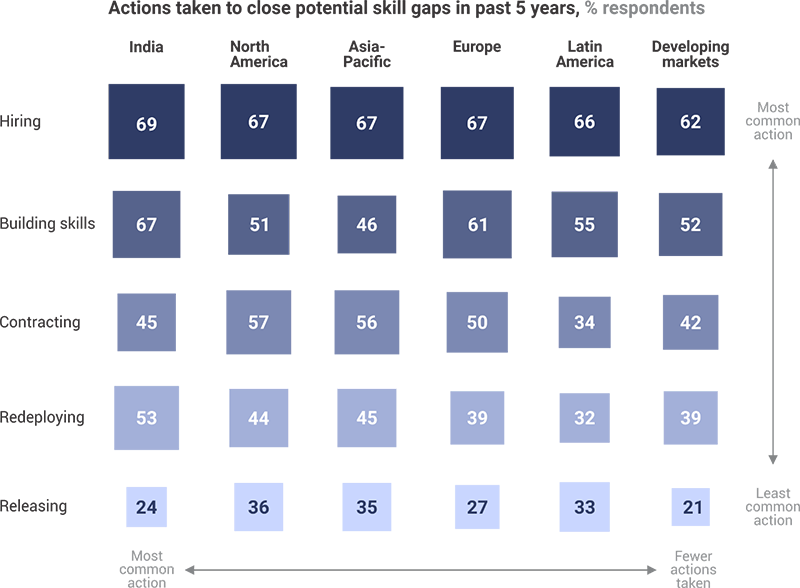
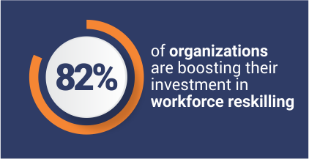
Once the talent gaps have been identified, the way ahead is to plan the requisite recruitment and training initiatives i.e. sourcing the skills externally or upgrading those within the organization. The analysis is a pointer to where gaps lie, and organizations must take a long-term view to address these gaps. For instance, if a particular department or employee is short of the skills required, proper coaching or external talent could bring in the requisite competencies for that department or employee.
Looking ahead in 2021 and beyond, here is what a talent gap analysis must be based on:
From smarter candidate assessments to better training modules, the upsides of proper talent gap analysis are many. Not a one-time activity, this must be ongoing and proactive, with the aim to develop and grow adaptability, agility, and learning across the workforce.

CredBadge™ is a proprietary, secure, digital badging platform that provides for seamless authentication and verification of credentials across digital media worldwide.
CredBadge™ powered credentials ensure that professionals can showcase and verify their qualifications and credentials across all digital platforms, and at any time, across the planet.

Please enter the License Number/Unique Credential Code of the certificant. Results will be displayed if the person holds an active credential from TMI.